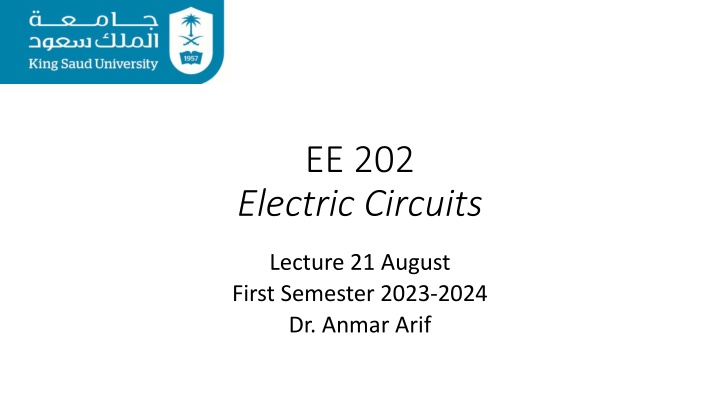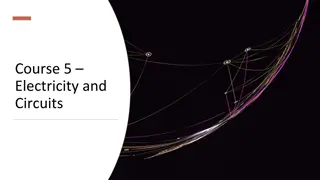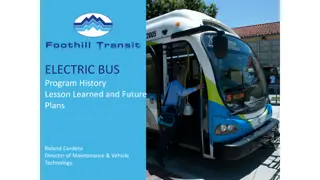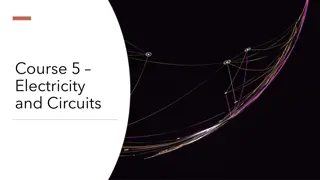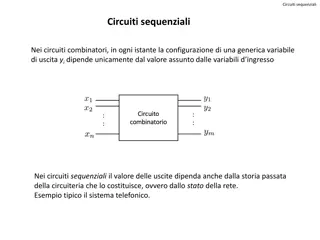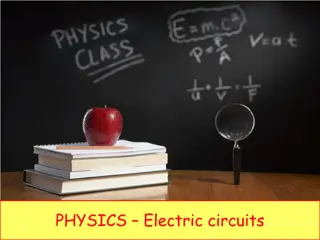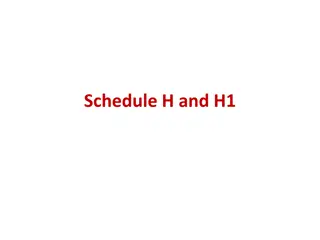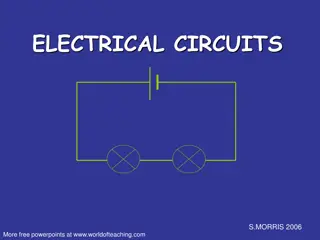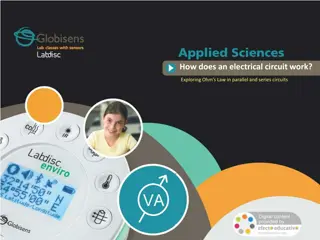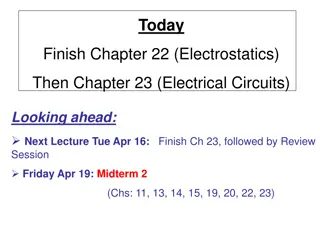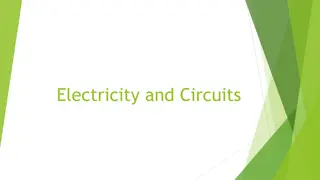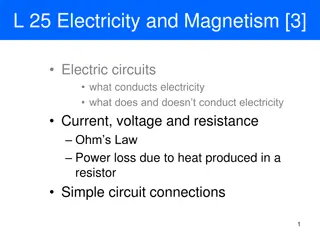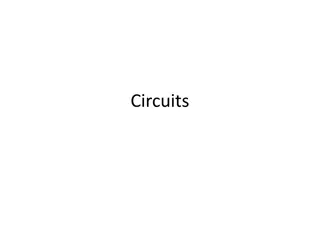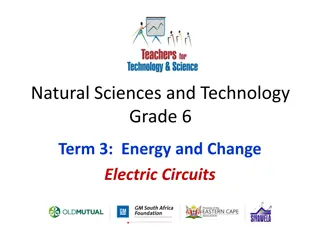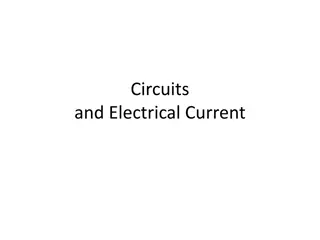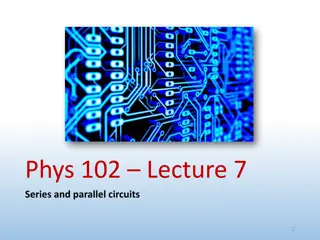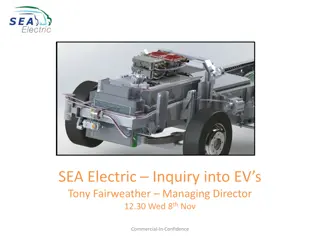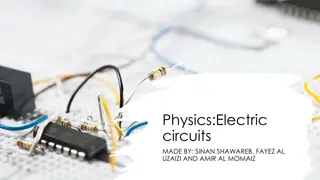EE 202 Electric Circuits: Course Overview and Schedule
Dr. Anmar Arif, Assistant Professor in Power Systems, presents EE 202 Electric Circuits course for the first semester of 2023-2024. The course covers circuit analysis involving dependent sources, operational amplifiers, energy storage elements, and more. Students will delve into topics such as coupled inductors circuits, Laplace transform, and balanced three-phase circuits analysis. The comprehensive description outlines the learning objectives, schedule, grading criteria, and key deliverables for each week.
Download Presentation

Please find below an Image/Link to download the presentation.
The content on the website is provided AS IS for your information and personal use only. It may not be sold, licensed, or shared on other websites without obtaining consent from the author.If you encounter any issues during the download, it is possible that the publisher has removed the file from their server.
You are allowed to download the files provided on this website for personal or commercial use, subject to the condition that they are used lawfully. All files are the property of their respective owners.
The content on the website is provided AS IS for your information and personal use only. It may not be sold, licensed, or shared on other websites without obtaining consent from the author.
E N D
Presentation Transcript
EE 202 Electric Circuits Lecture 21 August First Semester 2023-2024 Dr. Anmar Arif
Course Introduction Anmar Arif Assistant Professor Power Systems Office: 2C 26 Email: anarif@ksu.edu.sa Whatsapp: +447598120082 Office Hours: Sunday: 12:00 pm 02:00 pm Tuesday: 10:00 am 12:00 pm If my office is open, come in Textbook Introduction to Electric Circuits , Richard C. Dorf and James A. Svoboda, Wiley, 9th Ed, 2014, including Wiley plus Learning Management System. Website https://fac.ksu.edu.sa/anarif
My Schedule 8:00 - 9:00 9:00 - 10:00 10:00 - 11:00 11:00 - 12:00 12:00 - 1:00 1:00 - 2:00 2:00 - 3:00 Sunday Monday Tuesday Wednesday Thursday Office hours EE 202 EE 201 Office hours EE 201 EE 202 Department meeting
Grades Quizzes and Homework (15%) Attendance and participation (5%) Exams (80%) Exam 1 (20%) Exam 2 (20%) Final (40%) (25 December 2023 1:00 pm)
What are we learning? Week # Deliverables Analysis of Circuits having Dependent Sources. (Chapters 2, 3, 4 and 5) Sections 2.7, 3.8, 4.4, 4.7, 5.3, 5.4, 5.5 and 5.6 of the text book. 1 Operational Amplifies (Chapter 6) Sections 6.1, 6.2, 6.3, 6.4 and 6.5 of the text book. 2 Energy Storage Elements (Chapter 7). Sections 7.2, 7.3, 7.5 and 7.6 of the text book. 3 The Complete Response of RL and RC Circuits (Chapter 8). Sections 8.1, 8.2, 8.3, 8.4, and 8.6 of the text book. 4 The Complete Response of Circuits with Two Energy Storage Elements (Chapter 9) From section 9.1, up to section 9.8 of the text book. Coupled Inductors Circuits (Chapter 11). Section 11.9 of the text book. The Ideal Power Transformer (Chapter 11) Section 11.10 of the text book. Frequency Response of Resonant Circuits. (Chapter 13) Sections 13.4 of the text book. The Laplace Transform (Chapter 14). Section 14.7 and 14.8 of the text book. Filter Circuits (Chapter 16). Sections 16.1, 16.2, 16.3 and 16.4 of the text book. Balanced Three-phase circuits analysis (Chapter 12) Sections 12.1 - 12.6 of the text book. Two Port Circuits (Chapter 17) Sections 17.1 up to 17.6 of the text book. 5 6 7 8 9 10 11 12
Lecture 1 Introduction to dependent sources (Section 2.7) KVL and KCL (Section 3.8)
Dependent sources Current-Controlled Current Source (CCCS) Current-Controlled Voltage Source (CCVS) Voltage-Controlled Voltage Source (VCVS) Voltage-Controlled Current Source (VCCS)
Dependent sources These dependent sources do not exist physically as ideal sources. They are simplified representations of other devices, such as transistors and operational amplifiers.
Dependent source analysis (1) Find the power supplied/consumed by the voltage sources.
Dependent source analysis (1) Find the power supplied/consumed by the voltage sources.
Dependent source analysis (2) Find the power supplied/consumed by the VCCS.
Dependent source analysis (2) Find the power supplied/consumed by the VCCS. KVL on the left loop: 15.8 ?? 6.9 (?1 ?2) = 0 15.8 ?? 6.9 ??/0.2 + 6.9 4 ??= 0 ??= 2 ? 15.8 + 2 + 2 8 ??= 0 ??= 2.2
